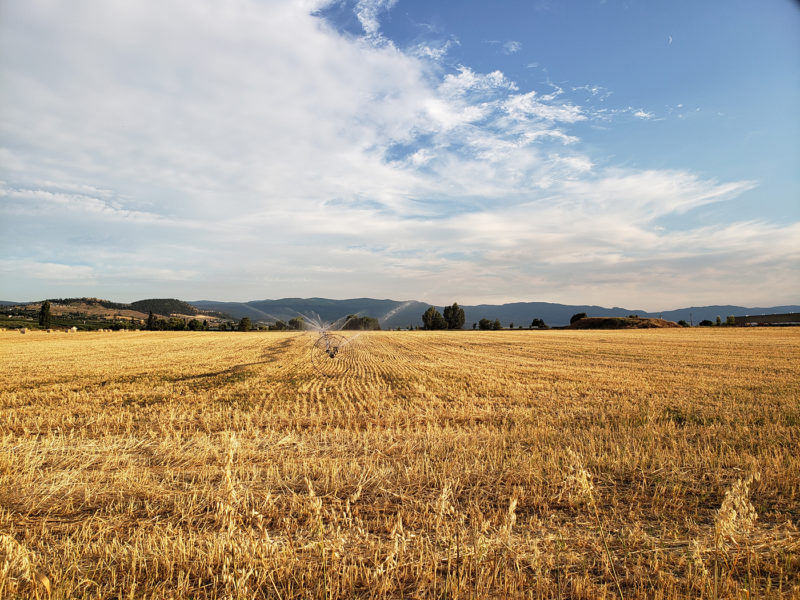A conversation I overheard recently in a schoolyard while waiting to pick up my granddaughter seems to sum up a big part of the dilemma facing the Agricultural Land Commission and the production it is expected to foster within the Agricultural Land Reserve. One 30-something parent was excitedly telling another about a rural property they had just purchased.
The gist of the conversation concerned a plan to subdivide into one or two-acre lots. The property owner lamented that the small lots might be derailed by the land’s ALR status and in a worst-case scenario they might have to settle for five-acre lots. The ALR was the only reference to agriculture and though extensive farming plans may have gone unmentioned, I couldn’t help but feel there is a generous measure of disappointment looming on this particular rural horizon.
This is by no means an isolated circumstance. It was once very forcefully proposed to me: a lot line adjustment was the equivalent of a Get Out of Jail card in Monopoly that could be invoked to force the ALC to allow a subdivision of farmland.
How to circumvent ALR regulations always seems to be a hot topic of conversation with people thinking of moving to the country. Conversely, trying to craft an agricultural business model that will function within ALR regulations is an ever-present consideration for many who are already there. Particularly small-lot landowners.
Provincial legislation tightened the regulation of activities in the ALR last fall with an eye to embracing the “agriculture first” criterion proposed by the ALR advisory committee. This is all fine and good from a policy perspective but what does it offer the 110,000 parcels of ALR land that are under 4 ha. (10 acres) in size?
According to Statistics Canada figures from 2016, BC had 17,528 farms. More than 40% of them generated less than $10,000 in annual gross income.
There are many small-parcel success stories but their number will pale in comparison to their overall number. What business model does the government see that will allow small-lot producers escape what has been termed the “$10,000 ghetto?” The current small farm orthodoxy embraces unpaid labour, often in the guise of an apprenticeship. Presumably, the apprentices learn they, too, will have to find apprentices when they strike out on their own, and those apprentices will learn the same, and on it goes like some sort of agricultural Ponzi scheme. Eventually, no one signs on to work for free and the jig is up.
Putting agriculture first on most small farms means investing enormous amounts of time and money, fiscal stress, often family and relationship stress, and convincing yourself that the outcome of the endeavour has so little value that the work involved must be done for free. Top it off with another job (or two) to subsidize the whole enterprise.
The issue is fraught with problems for all concerned. The ALR has been in place for more than 45 years. The broad social objective of saving arable land for food production is hard to argue with and putting agriculture first seems like a natural fit, but how does that work without someone to do the farming?
When it was enacted, the ALR legislation included income insurance and cost-of-production schemes. Those initiatives fell by the wayside long ago and while we have legislation placing land in what amounts to a public trust for agricultural purposes, there is no countervailing legislation requiring the public to purchase any of the resulting production.
If the goal is to save the 110,000 small parcels in the ALR and have someone put them to agricultural use, a more enlightened food policy is necessary. Simply handcuffing producers with tighter regulations and expecting them finance the ALR’s objective with off-farm income and free labour isn’t fair or reasonable.
Such a situation simply guarantees another seismic shift for the ALR when the inevitable change of government comes.


 Cranberry outlook brightens
Cranberry outlook brightens